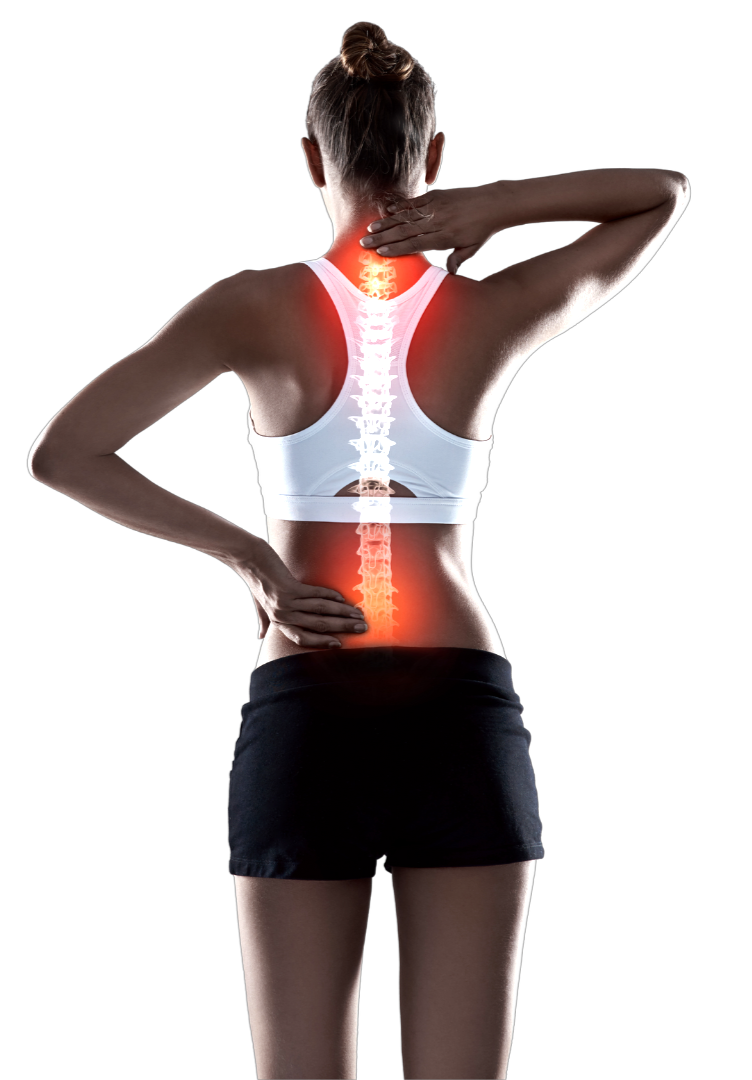Spine Fracture
About Spine Fracture
Spinal fractures refer to dislocations or fractures of the vertebrae (backbone) anywhere along the spine. A spine fracture can occur even after a minor fall or trauma. Many of these fractures will not require surgery, but major fractures can lead to serious long-term consequences if not treated promptly. The symptoms of a fracture may be less obvious in some cases, nonetheless, all of them require treatment.
The pain from vertebral fractures may range from moderate to severe. In severe back pain, the patient would be unable to change position and posture when getting into and out of the car, getting into and out of bed, sit to stand, or turning in bed. The pain may be localised or referred further down from the site of fracture.

What Causes Spine Fracture
There are three types of fractures: compression fracture, axial burst fracture and chance fracture. Each of these fractures can be caused by different factors.
Compression Fracture
Compression fractures stem from patients with osteoporosis or other diseases. Fractures and deterioration occur in the front vertebrae, whereas stability is maintained in the back vertebrae.
Burst Fracture
As a result of a fall or vertical impact, axial burst fractures occur when vertebrae lose height on both sides.
Chance Fracture
Chance fractures are caused by violent forward flexion injuries that pull the vertebrae apart. Chance fractures usually occur in vehicle accidents.
The risk factors for Spine Fractures are as follows:
- Female
- Osteoporosis
- Above 50 years old
- History of back injury/vertebral fracture
- Smokers
Symptoms Of Spine Fracture
Pain
Numbness
Other Symptoms
A Message About Spine Fracture
Spinal fracture management is similar in principle to all bony fracture management: Immobilization. Lying in bed without turning or getting up may provide short-term relief to the patient, but this may have other consequences such as bed-bound chest infection and pneumonia and Deep Vein Thrombosis from lack of movement.
Treatment of vertebral fractures can be considered with percutaneous vertebroplasty. This procedure injects cement into the fracture lines to cement them together, preventing further broken ends from inadvertent movement. Once the cement seals and hardens, the pain from the spinal fracture abolish quickly. Together with rehabilitation and osteoporosis management, the recurrence of further fractures is addressed and circumvented.
Diagnosing Spine Fracture
Here at Singapore Paincare, our team of experienced primary care doctors and pain care specialists together with an orthopaedic doctor will evaluate your condition. An X-ray, MRI or CT scan may also be needed to check the severity of the spinal fracture.
What Treatments Are Available for Spine Fracture
At Singapore Paincare, we strive to treat your pain with the least invasive option possible after accurately identifying the cause. Our approach to pain resolution focuses on the removal of pain generators via specialised injection and minimally invasive procedures. Combined with pharmacological treatments and cognitive and physical rehabilitative therapies, we help patients improve their functions and prevent pain from recurring.
Non-Surgical Treatments for Spine Fracture
Non-Steroidal Anti-Inflammatory drugs
Back brace
Balloon Kyphoplasty
Vertebroplasty
Physical Therapy
Surgical Treatments for Spine Fracture
Spine fracture that is caused by osteoporosis or illnesses can be treated with conservative methods. Surgery is usually reserved for acute cases such as car accidents or failure of conservative treatments despite attempts. As surgery always comes with associated risks, complications and downtime, it may not be suitable for everyone.
Surgery
How Can I Prevent Spine Fracture?
While you can’t fully protect yourself from any accidents that may cause spinal fractures, incorporating these strategies can protect your spine:
- Assuring proper movement during exercise and daily activities
- For people with bone loss, proceed with caution or avoid altogether doing any of the following:
- Carrying heavy packages
- Reach for items on high shelves
- Bending forward from the waist
Get Your Pain Resolved
Send your enquiries or consult our pain experts today.


